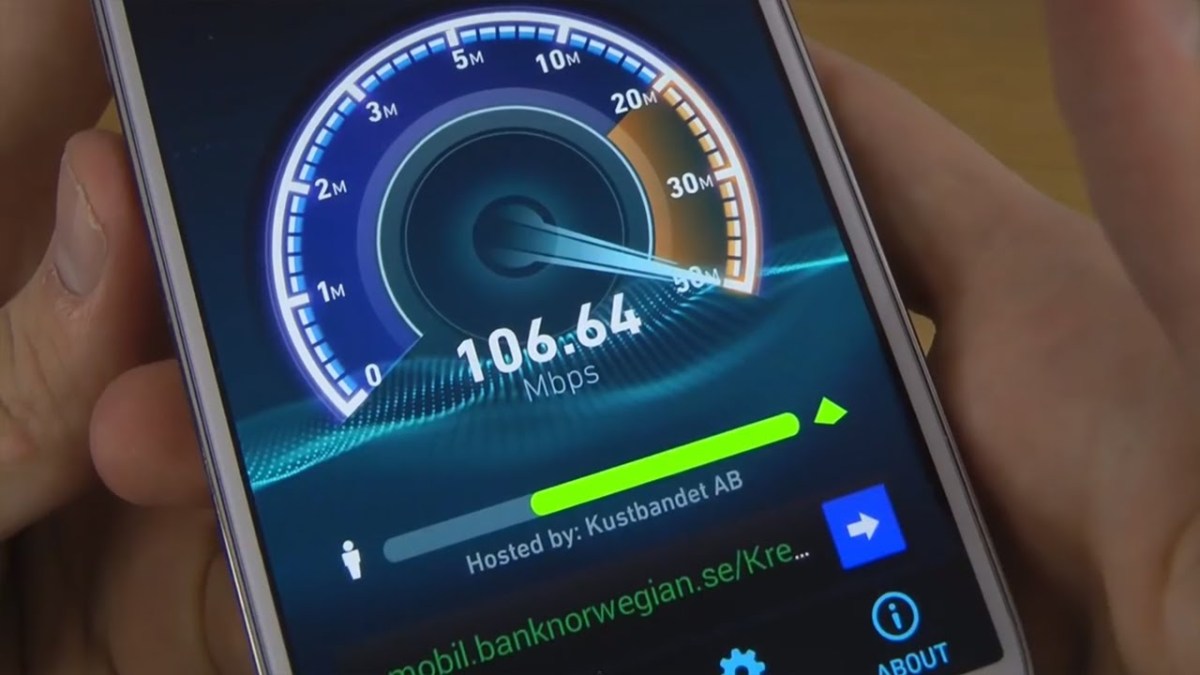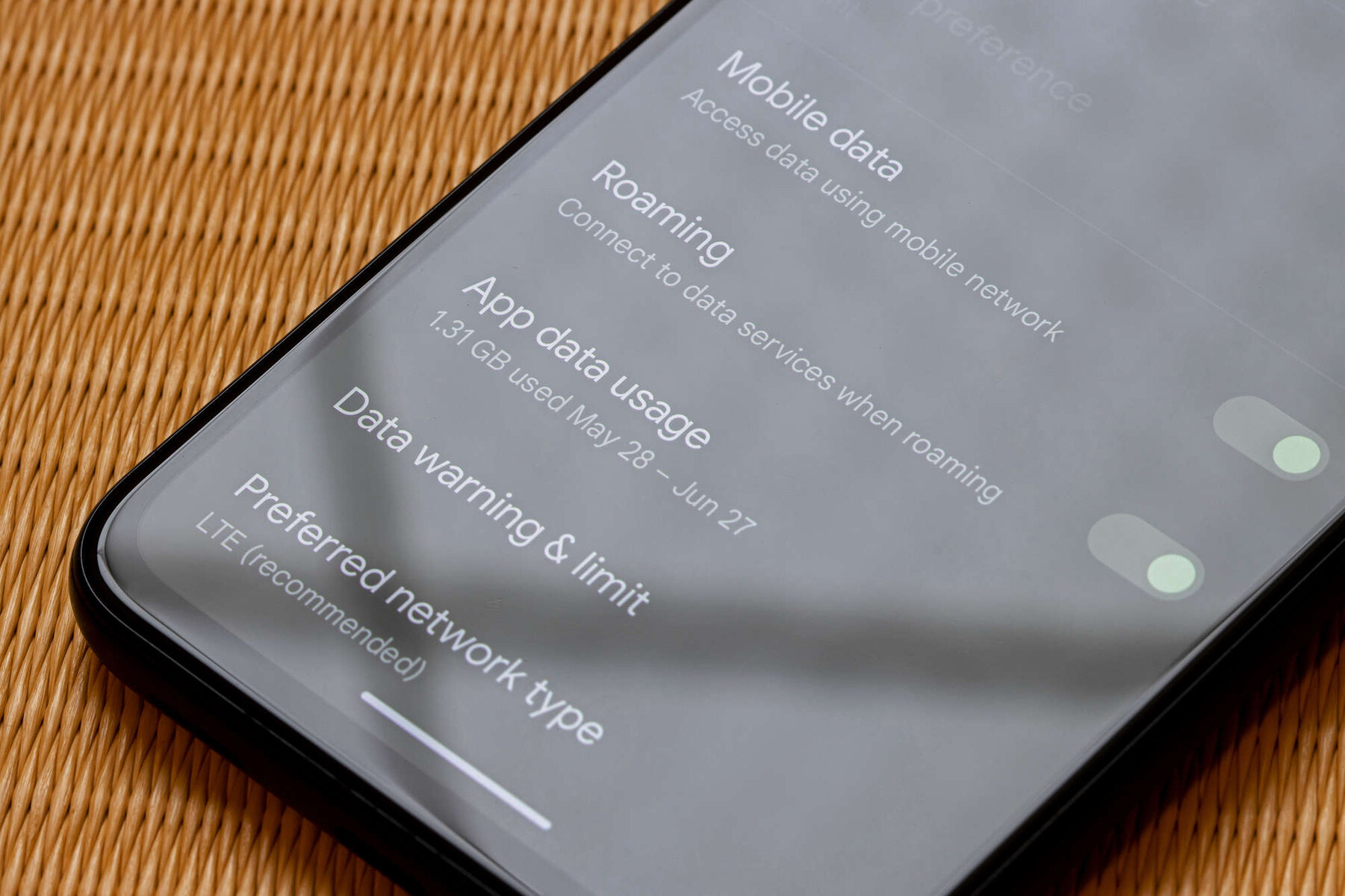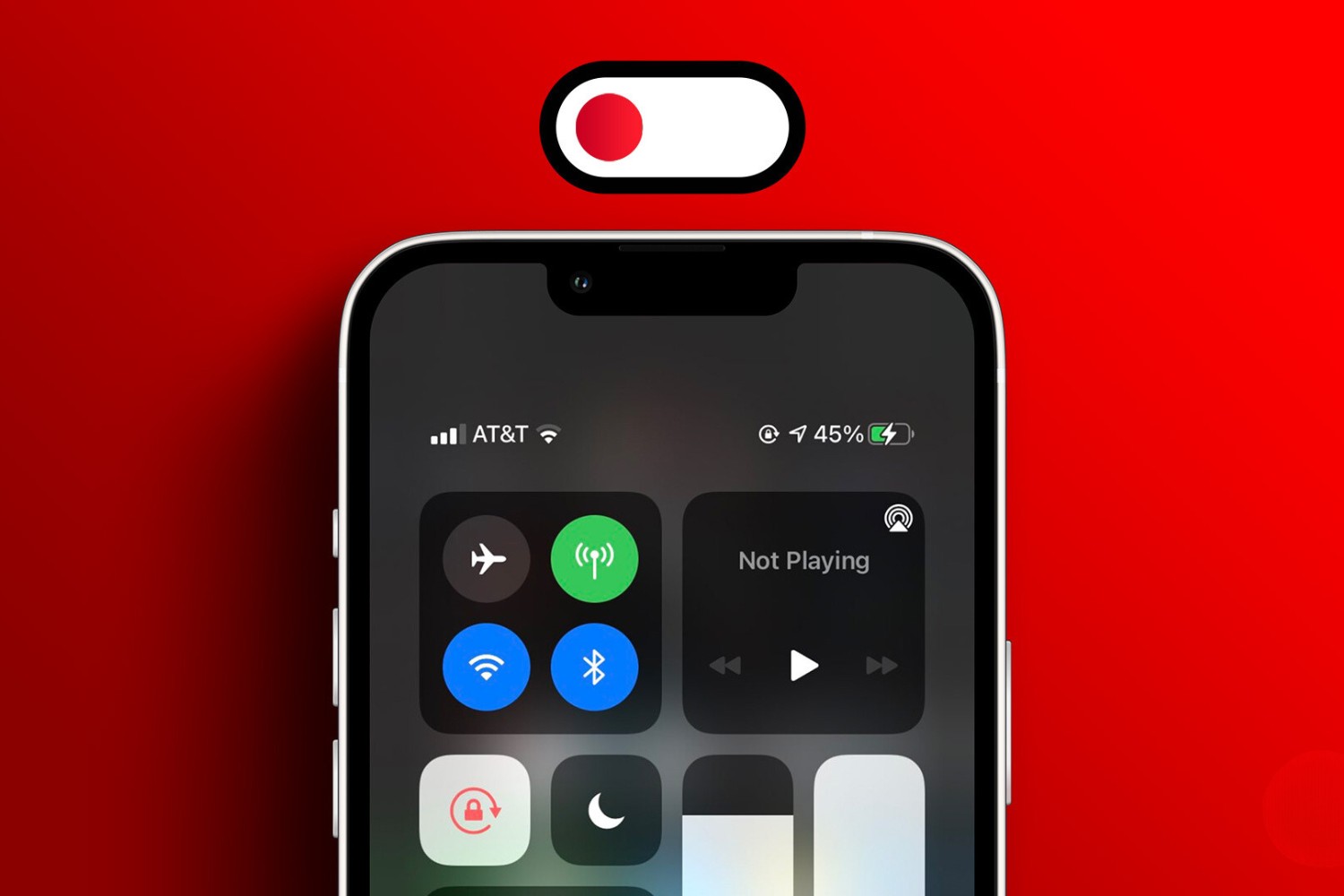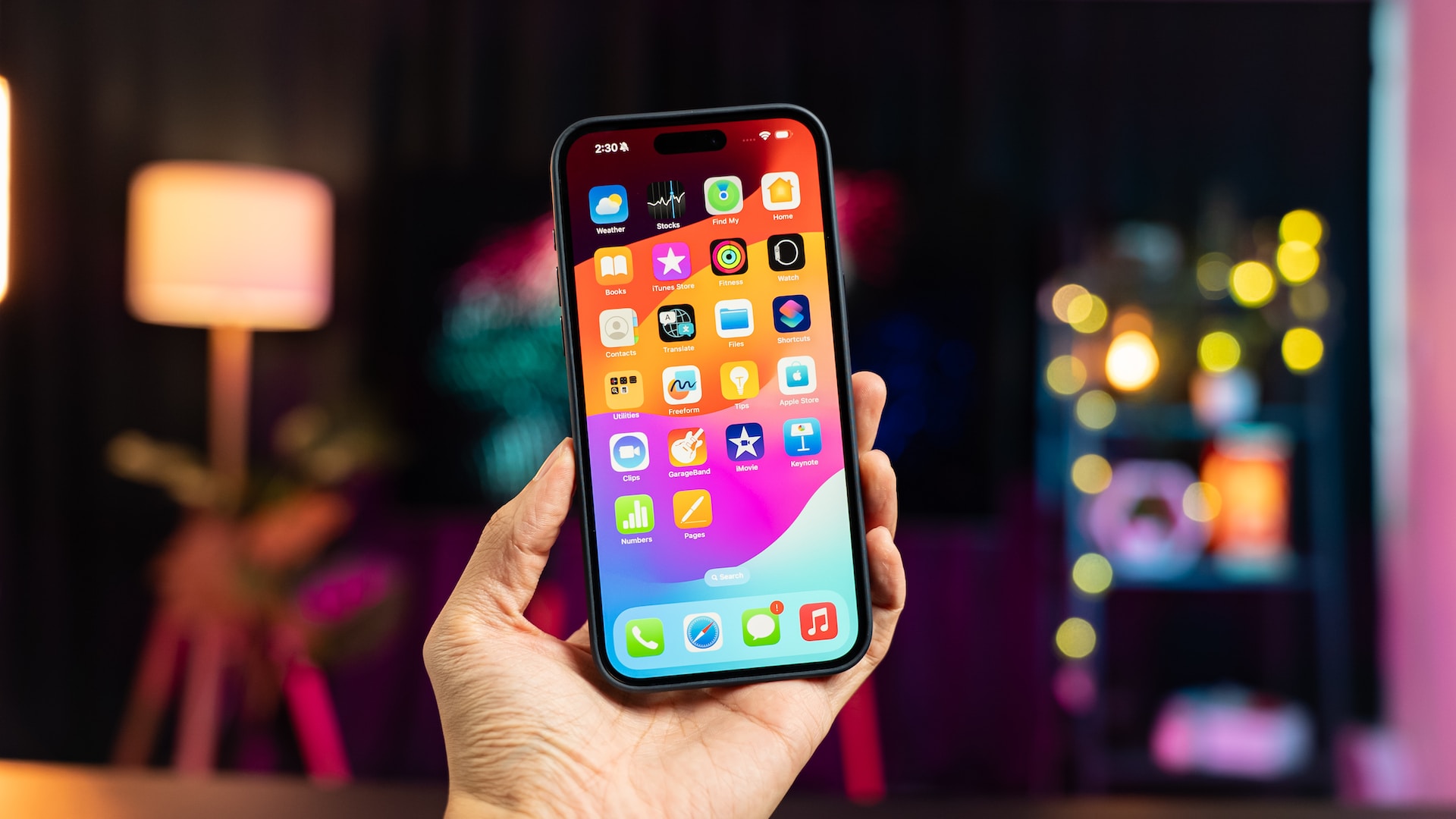Review Your Data Plan
Reviewing your data plan is the crucial first step in maximizing your hotspot data. Understanding the specifics of your plan empowers you to make informed decisions about your data usage. Here’s how to get started:
-
Know Your Plan: Begin by thoroughly reviewing the details of your data plan. Check the data cap, any speed limitations after reaching the cap, and any additional charges for exceeding the limit. Understanding these details will help you avoid unexpected fees and optimize your data usage.
-
Understand Your Usage: Take a look at your past data usage patterns. Many mobile providers offer tools to track your data usage over time. By analyzing your historical usage, you can identify peak usage periods, high-data activities, and potential areas for optimization.
-
Explore Add-Ons: Some providers offer add-on packages that provide additional data at a reasonable cost. If you consistently find yourself nearing or exceeding your data limit, consider exploring these options to ensure you have enough data to meet your needs without incurring overage charges.
-
Consider Unlimited Plans: If you frequently rely on your hotspot for various activities, such as remote work, streaming, or online gaming, it might be worthwhile to consider an unlimited data plan. While these plans may come at a higher cost, they can provide peace of mind and eliminate the need to constantly monitor your data usage.
-
Evaluate Alternative Providers: Take the time to research other providers in your area. You might find that a different provider offers a more suitable data plan for your needs, potentially at a better price or with additional perks.
By carefully reviewing your data plan, you can gain a clear understanding of your data usage habits and make informed decisions to ensure that you have the right plan for your needs. This proactive approach can help you avoid unnecessary fees, optimize your data usage, and maximize the value of your hotspot data.
Take Advantage of Free Wi-Fi
One effective strategy for maximizing your hotspot data is to capitalize on available free Wi-Fi networks whenever possible. Free Wi-Fi hotspots are prevalent in various public places, including coffee shops, restaurants, libraries, and airports. By leveraging these Wi-Fi networks, you can significantly reduce your reliance on your mobile hotspot, thereby conserving your data for times when Wi-Fi is unavailable. Here's how to make the most of free Wi-Fi opportunities:
-
Identify Hotspots: Familiarize yourself with locations that offer free Wi-Fi access. Many businesses and public facilities prominently advertise their Wi-Fi availability, making it relatively easy to identify suitable hotspots in your area. Additionally, numerous mobile apps and websites provide maps and directories of free Wi-Fi locations, enabling you to plan your activities around these access points.
-
Utilize Scheduled Stops: When planning your day, consider incorporating stops at venues with free Wi-Fi. For instance, if you have remote work or study sessions, select locations that provide complimentary Wi-Fi to minimize your reliance on mobile data during those periods. This approach allows you to capitalize on existing resources and reduce your data consumption.
-
Download Content for Offline Use: Prior to visiting locations with free Wi-Fi, take advantage of your home network or mobile data to download content for offline use. This could include documents, videos, music, or podcasts. By preparing in advance, you can enjoy your preferred content without consuming additional data while connected to free Wi-Fi networks.
-
Ensure Security: While utilizing free Wi-Fi, prioritize your online security. Use reputable virtual private network (VPN) services to encrypt your internet connection and protect your data from potential security risks associated with public Wi-Fi networks. By taking this precaution, you can confidently utilize free Wi-Fi without compromising your privacy and security.
-
Be Mindful of Data-Intensive Activities: Although you're connected to free Wi-Fi, it's advisable to remain mindful of data-intensive activities, such as high-definition video streaming or large file downloads. While free Wi-Fi can alleviate your reliance on hotspot data, exercising prudence with data-heavy tasks can help you make the most of both free and cellular-based internet access.
By proactively seeking out and leveraging free Wi-Fi opportunities, you can effectively reduce your reliance on your mobile hotspot, thereby conserving your data for essential or off-network use. This approach not only optimizes your data usage but also allows you to take advantage of existing resources in your environment, ultimately enhancing your overall connectivity experience.
Monitor Your Data Usage
Monitoring your data usage is a fundamental aspect of effectively managing your hotspot data allocation. By staying informed about your data consumption patterns, you can make informed decisions, identify potential areas for optimization, and avoid exceeding your data cap. Here's how to proactively monitor your data usage:
1. Utilize Data Tracking Tools
Many mobile providers offer dedicated tools or mobile apps that enable you to monitor your data usage in real time. These tools typically provide detailed insights into your data consumption, including a breakdown of usage by application, time of day, and data-intensive activities. By regularly reviewing these metrics, you can gain valuable visibility into your data usage habits and make informed adjustments as needed.
2. Set Up Data Usage Alerts
Most mobile providers allow you to set up data usage alerts that notify you when you approach a specified data threshold. By configuring these alerts to align with your data plan's limits, you can receive timely notifications as you near your data cap. This proactive approach empowers you to adjust your usage, seek out Wi-Fi alternatives, or consider data add-ons before reaching the limit and potentially incurring additional charges.
3. Review Data Usage by Application
Take the time to review your data usage by individual applications. Many smartphones provide built-in features that allow you to view data consumption on a per-app basis. By identifying applications that consume significant amounts of data, you can assess whether their usage aligns with your priorities and make informed decisions about their continued usage while on your hotspot network.
4. Track Data Usage Across Devices
If you utilize multiple devices with hotspot capabilities, such as smartphones, tablets, or mobile hotspots, it's essential to monitor the collective data usage across these devices. Understanding the cumulative data consumption can help you allocate your data resources effectively and identify any discrepancies or unexpected spikes in usage.
5. Regularly Review Your Data Plan
In addition to real-time monitoring, it's beneficial to periodically review your data plan to ensure it aligns with your current needs. As your usage patterns may evolve over time, revisiting your plan can help you identify opportunities to optimize your data allocation, potentially adjusting to a plan that better suits your usage habits.
By actively monitoring your data usage through the utilization of tracking tools, alerts, and in-depth analysis, you can gain valuable insights into your data consumption patterns. This proactive approach empowers you to make informed decisions, optimize your data usage, and avoid unnecessary fees or limitations, ultimately maximizing the value of your hotspot data.
Use Data-Saving Apps and Features
In today's digital landscape, a wide array of data-saving apps and features are available to help users optimize their data usage and make the most of their hotspot connections. These tools and functionalities offer innovative ways to conserve data without compromising the overall online experience. By incorporating data-saving apps and leveraging built-in features, individuals can effectively manage their data consumption and extend the longevity of their data allocations.
Data-Compression Browsers
Data-compression browsers, such as Opera Mini and Google Chrome's Data Saver mode, are designed to minimize data usage while browsing the web. These browsers employ advanced algorithms to compress web content before it reaches the user's device, resulting in reduced data consumption without sacrificing the browsing experience. By utilizing data-compression browsers, individuals can enjoy efficient web browsing while conserving valuable data resources.
Video-Streaming Optimization
Many popular video-streaming platforms offer data-saving features that enable users to adjust video quality settings based on their data constraints. These settings, often available in the app's preferences or settings menu, allow users to cap video resolution or opt for lower-quality streaming, consequently reducing the amount of data consumed during video playback. By leveraging these optimization features, individuals can enjoy their favorite content while mitigating data usage.
Data-Tracking Apps
Various data-tracking apps are designed to provide users with detailed insights into their data usage patterns across different applications and activities. These apps offer comprehensive analytics, allowing users to visualize their data consumption, set custom usage limits, and receive real-time alerts when approaching predefined thresholds. With the ability to monitor and manage data usage proactively, individuals can make informed decisions to optimize their data utilization.
System-Level Data Controls
Modern smartphones and operating systems often include built-in data-saving functionalities that empower users to exert greater control over their data usage. These features may include the ability to restrict background data usage for specific applications, set data usage limits, or enable data-saving modes that prioritize efficient data utilization. By leveraging these system-level controls, individuals can fine-tune their devices to align with their data management preferences.
Ad-Blocking Applications
Ad-blocking applications not only enhance the browsing experience by minimizing intrusive advertisements but also contribute to data savings. By preventing the loading of bandwidth-intensive ads, these applications reduce the overall data consumption associated with web browsing and app usage. This dual benefit of improved browsing performance and data conservation makes ad-blocking applications a valuable addition to the data-saving toolkit.
Incorporating these data-saving apps and features into your digital routine can significantly enhance your ability to manage and optimize your hotspot data usage. By leveraging the capabilities of these tools and functionalities, individuals can navigate the digital landscape with greater control, efficiency, and cost-effectiveness, ultimately maximizing the value and longevity of their hotspot data allocations.
Consider Upgrading Your Plan
As your data needs evolve, considering an upgrade to your current data plan can be a strategic decision to ensure that your hotspot data aligns with your usage requirements. Upgrading your plan offers the potential for expanded data allowances, higher data speeds, and additional features that can enhance your connectivity experience. Here's a closer look at the factors to consider when contemplating an upgrade:
Assess Your Current Usage Patterns
Before making a decision to upgrade, it's essential to evaluate your current data usage patterns. Review your historical data consumption, paying attention to any instances of nearing or exceeding your data cap. By understanding your usage trends, you can gauge whether your existing plan adequately accommodates your needs or if an upgrade is warranted to avoid potential data limitations.
Consider Increased Data Allowances
Upgrading your plan often presents the opportunity to access larger data allowances, providing a buffer for more extensive usage without concerns of reaching data caps. If your current plan frequently leaves you on the verge of exhausting your data allocation, an upgraded plan with a more generous data allowance can offer peace of mind and greater flexibility for utilizing your hotspot connection.
Evaluate Speed and Performance Enhancements
In addition to increased data allowances, upgraded plans may offer enhanced data speeds and network performance. Faster data speeds can significantly improve your online experience, particularly for activities such as high-definition video streaming, online gaming, and large file downloads. Assessing the potential performance enhancements can help determine the value of an upgraded plan in meeting your connectivity expectations.
Explore Additional Features and Benefits
Upgraded plans often come with supplementary features and benefits, such as access to premium content, enhanced customer support, or bundled services. Consider whether these additional perks align with your preferences and usage habits, as they can contribute to an enriched overall connectivity experience beyond the core data allocation.
Cost-Benefit Analysis
When contemplating an upgrade, it's crucial to conduct a cost-benefit analysis to assess the potential impact on your budget. Compare the cost of the upgraded plan against the added benefits it offers, such as increased data allowances, improved speeds, and additional features. Determine whether the incremental cost of the upgrade is justified by the tangible advantages it brings to your connectivity and data usage.
Consult with Your Provider
Engaging in a conversation with your mobile provider can provide valuable insights into available upgrade options, promotional offers, and tailored recommendations based on your usage history. Providers may offer personalized guidance to help you select an upgraded plan that optimally suits your data needs while aligning with your budgetary considerations.
By carefully evaluating these factors and considering the potential benefits of an upgraded plan, you can make an informed decision that aligns with your evolving data requirements. An upgraded plan has the potential to enhance your connectivity, alleviate data constraints, and provide a more accommodating environment for your hotspot usage, ultimately optimizing your overall data experience.
Use Data Management Tools
Utilizing data management tools is a proactive approach to gaining insight into your data usage patterns and exercising greater control over your data allocation. These tools, often provided by mobile carriers or available as third-party applications, offer valuable functionalities that enable users to monitor, analyze, and optimize their data consumption. By integrating data management tools into your digital routine, you can effectively navigate the complexities of data usage and maximize the value of your hotspot connectivity.
Real-Time Data Monitoring
Data management tools provide real-time monitoring capabilities, allowing users to track their data usage as it occurs. Through intuitive interfaces and visual representations of data consumption, users can stay informed about their current usage levels, identify data-intensive activities, and gauge their proximity to predefined data thresholds. Real-time monitoring empowers users to make timely adjustments to their online activities, optimize their data usage, and avoid exceeding their data limits.
Usage Analytics and Insights
In addition to real-time monitoring, data management tools offer comprehensive analytics and insights into data usage patterns. Users can delve into detailed breakdowns of their data consumption, including usage by application, time periods, and specific activities. By gaining a deeper understanding of their data usage habits, individuals can identify opportunities for optimization, pinpoint data-heavy applications or activities, and make informed decisions to align their usage with their data plan's parameters.
Custom Usage Alerts and Limits
Data management tools enable users to set custom usage alerts and limits tailored to their specific data plan. By defining personalized thresholds, users receive notifications when approaching predetermined usage levels, empowering them to proactively adjust their online behavior, seek alternative connectivity options, or consider data-saving strategies. Custom usage alerts serve as proactive safeguards against inadvertent data overages and provide users with the control to manage their data usage effectively.
Data Saving Recommendations
Many data management tools offer data-saving recommendations based on individual usage patterns and preferences. These recommendations may include optimizing app settings, identifying data-efficient alternatives for specific activities, and suggesting data-saving features available on the user's device. By leveraging these tailored recommendations, users can implement practical strategies to conserve data without compromising their connectivity experience.
Plan Optimization and Comparison
Some data management tools facilitate plan optimization by analyzing a user's data usage against available plans offered by their mobile provider. By comparing usage patterns with alternative plan options, users can identify potential cost savings, more suitable data allocations, or enhanced features that better align with their needs. This functionality empowers users to make informed decisions about their data plan selection and potentially optimize their data expenditure.
By embracing data management tools as integral components of their digital toolkit, individuals can harness the power of real-time monitoring, usage analytics, custom alerts, and data-saving recommendations to proactively manage their data usage. These tools empower users to make informed decisions, optimize their data consumption, and maximize the value of their hotspot connectivity, ultimately enhancing their overall digital experience.
Optimize Your Streaming and Downloads
Optimizing your streaming and downloads is a strategic approach to conserving data while enjoying multimedia content and accessing digital resources. By implementing data-conscious practices and leveraging available settings and tools, individuals can maximize their hotspot data efficiency without compromising their entertainment or productivity experiences.
Video Streaming Optimization
When streaming video content, consider adjusting the quality settings based on your current data constraints. Many popular streaming platforms offer the flexibility to manually select the video resolution, enabling users to opt for lower-quality streaming. By choosing a lower resolution, you can significantly reduce the data consumption associated with video playback, extending the longevity of your data allocation without sacrificing the viewing experience.
Offline Content Downloads
Prioritize downloading multimedia content, such as music, videos, and documents, for offline access whenever possible. By utilizing your home network or available Wi-Fi connections, you can proactively download content onto your device for later offline enjoyment. This approach minimizes the need for streaming or downloading content using your hotspot data, effectively preserving your data resources for essential tasks and off-network use.
Podcast and Music Streaming Settings
When streaming audio content, explore the settings within your preferred podcast and music streaming applications. Look for options to adjust streaming quality, download episodes or tracks for offline listening, and enable data-saving modes if available. These settings can help reduce the data consumption associated with audio streaming while still allowing you to enjoy your favorite podcasts and music seamlessly.
Utilize Wi-Fi for Large Downloads
For significant file downloads, such as software updates, large documents, or media files, prioritize utilizing available Wi-Fi connections whenever feasible. By initiating these downloads while connected to a Wi-Fi network, you can avoid consuming substantial amounts of your hotspot data. This approach ensures that your data allocation remains dedicated to essential online activities while leveraging Wi-Fi for data-intensive downloads.
Adhere to Data-Saving Recommendations
Explore the data-saving recommendations provided by streaming and downloading applications. Many platforms offer guidance on optimizing data usage, including suggestions for adjusting streaming quality, enabling offline modes, and employing data-saving features. By implementing these recommendations, you can proactively manage your data consumption and extend the utility of your hotspot data.
By implementing these strategies, individuals can effectively optimize their streaming and downloads, ensuring that their data usage aligns with their priorities and needs. These proactive measures empower users to make the most of their hotspot data while enjoying a diverse range of digital content and resources.
Limit Background Data Usage
Limiting background data usage is a fundamental strategy for conserving your hotspot data and ensuring that it is primarily allocated to essential foreground activities. Background data usage refers to the data consumed by applications and services running in the background, often without direct user interaction. By implementing measures to restrict background data usage, individuals can exert greater control over their data consumption and extend the longevity of their data allocation.
Data Restriction Settings
Modern smartphones offer built-in settings that allow users to control background data usage on a per-app basis. Within the device's settings, users can navigate to the data usage or app management section to view a list of installed applications and their respective data usage. By selecting individual apps, users can enable background data restrictions, preventing these apps from consuming data while running in the background. This targeted approach empowers users to allocate their data resources intentionally, ensuring that background processes do not exhaust their data allocation unnecessarily.
Background App Refresh Management
Many mobile operating systems provide options to manage background app refresh, a feature that allows apps to update their content and data in the background. By accessing the device's settings, users can customize the background app refresh settings, choosing to disable this feature entirely or selectively enable it for specific applications. By limiting background app refresh, users can curtail the data consumed by apps running in the background, optimizing their data usage without compromising the functionality of essential applications.
Wi-Fi Preference for Background Tasks
When utilizing a mobile hotspot, individuals can prioritize Wi-Fi connectivity for background tasks that require data synchronization or updates. By connecting to a Wi-Fi network whenever available, users can divert background data tasks away from their hotspot connection, effectively conserving their cellular data for foreground activities. This approach ensures that background data-intensive processes, such as app updates and cloud synchronization, do not deplete the user's hotspot data, preserving it for critical online tasks.
App Data Usage Optimization
Individual apps often include settings or preferences that enable users to tailor their data usage, particularly concerning background activities. Within app settings, users can explore options to limit background data usage, adjust data synchronization intervals, or enable data-saving modes. By customizing these settings, individuals can proactively manage how apps consume data in the background, aligning their usage with their data conservation objectives.
By implementing these measures to limit background data usage, individuals can exercise greater control over their data consumption, optimize their hotspot data allocation, and ensure that their data resources are dedicated to essential foreground activities. This proactive approach empowers users to maximize the value of their hotspot data while maintaining efficient connectivity for their online endeavors.

























